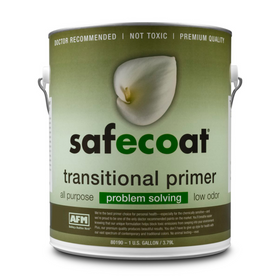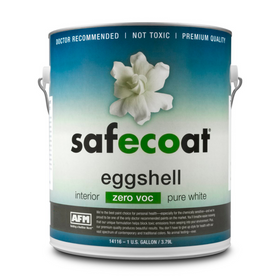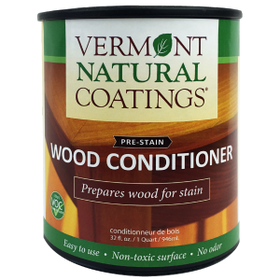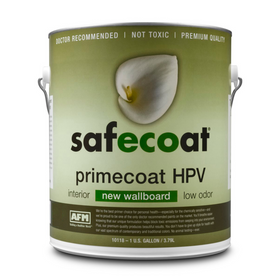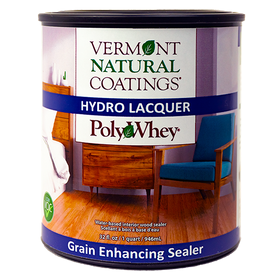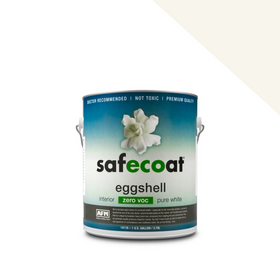Laura Bourland

Exterior Paint
Aside from beautifying your home, exterior paints and coatings are a building's first line of defense against the elements. Whether you're applying it to wood, fiber cement, stone, or brick, exterior paint needs to be long-lasting, resilient, and low (or no) maintenance.
There are several paint types to choose from, so be mindful that many of these coatings can be made up of hazardous materials. A paint that addresses durability, health and low environmental footprint is critical. Some common paint types include oil-based and waterborne alkyds (waterborne is lower in VOC content), mineral silicates (no VOC), and acrylic latex (look for 100% acrylic).
Exterior paint is typically applied via paint sprayer, paintbrush, or paint roller.
Exterior paint has a tough job. It gets punished by the elements - UV rays, water, snow, mildew, fungi, pollution, wind - so whatever paint you choose; it has to be able to stand up against all of these for as long as possible.
Although you likely won't be directly exposed to your exterior paint except when painting, choosing a healthier paint is still your best bet. Look for paint with low Volatile Organic Compounds (VOC) (<50g/L) or zero VOC. Look for products made with waterborne latex with 100% acrylic resins, waterborne alkyds, mineral silicate coatings, coatings and stains with no biocides, and that use natural solvents. You can also find reused and recycled exterior paint, to conserve resources.
Paint takes energy and materials to produce, but it can preserve other materials and result in a net decrease in environmental impact, depending on the situation. Compared to other common building materials, paint is reasonably energy-intensive (comparable embodied energy levels to that of conventional plastics at 70-90 MJ/kg).
In Blombos Cave, South Africa, evidence was found of an ochre-based material that was made by people and could have been used as paint 100,000 years ago!
